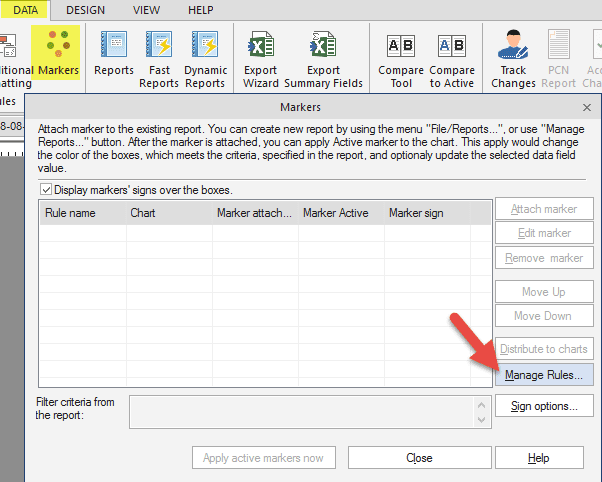July 11, 2018
5:59 AM
By OrgChart Team
Benefits have become a significant factor in an employee’s decision to join your company. In spite of this, many employees defer taking advantage of wellness benefits. A 2016 survey found only about half U.S. employees bother to participate in these programs. It’s like purchasing a gym membership and failing to visit the gym. Are your company’s benefits programs a wasted investment?
Analysis of the employee participation in your various programs can provide critical insight into which are proving worthwhile, which are not and where incentives might need to be tweaked to drive more participation. OrgChart’s analytics make visualization of benefit metrics easy to assemble and present to management – so you can quickly recognize the success of your company’s strategy.
OrgChart helps you visualize the employee benefit participation puzzle by offering a clear visual of your workforce and its engagement in the programs you’re offering. The metric can be reported at the individual level but also rolled up at the management level to compare different departments of the organization. Inspection of these charts can not only shine a light on underutilized programs but be used to measure the associated costs.

Other factors that affect employee benefit participation may also be analyzed alongside employee benefit participation. A 2017 study of global attitudes to benefits showed factors such as age, marital status, commute distance and geography could influence the desire for certain plans and programs. Gaining an understanding of how these factors influence benefit participation can help craft the correct blend of benefits for your specific audience. For example, 40% of Asian employees believe employer initiatives have encouraged them to live healthier lives whereas only 25% of European employees agree, suggesting they are looking outside the company structure to service these needs.
OrgChart’s automated charts of employee benefit participation are a boon for any HR manager wanting to understand and present the employee benefit landscape to their teams or senior management.
OrgChart’s flexibility to take data from any source and then color code and assign markers to highlight boxes, gives you a quick snapshot into what is happening with the benefits strategy. Going a step further, OrgChart can be used to model what-if scenarios to ensure your benefits strategy is being explored from every perspective, and that no one is being left out.
The world of human resources and workforce planning is an intricate tapestry, woven together by countless threads of data. It’s an ever-evolving puzzle that demands quick access to reliable information, nuanced understanding, and forward-thinking vision. OrgChart steps in to make sense of this complexity, allowing you to visualize your organization’s current and future states, dissect crucial metrics, and craft actionable workforce plans.
Request a demo to see it in action.
OrgChart is not merely about creating visually engaging charts — it’s about unlocking the potential of your org chart. It puts the power of people data at your fingertips, empowers you to delve into the nuances of your workforce, and helps illuminate the path to your organization’s future. Whether you’re grappling with the challenges of employee benefit participation or strategizing your organization’s next evolutionary step, OrgChart offers the tools you need to turn data into decisions.
OrgChart software is built on the pillars of hardworking charts, intuitive user experience, dedicated HR-focused design, engaging visuality, and the capacity to scale with your growing organization. This is how we’ve become an indispensable partner to HR professionals worldwide.
Now, it’s your turn. Experience the power of OrgChart and take your organization to new heights of visibility, insight, and vision. Request a quote today and start your journey with OrgChart. Together, we will unlock the potential of your org chart, navigate the complexities of your workforce, and lay the foundation for a successful future.
Tags: